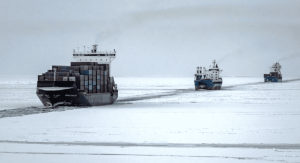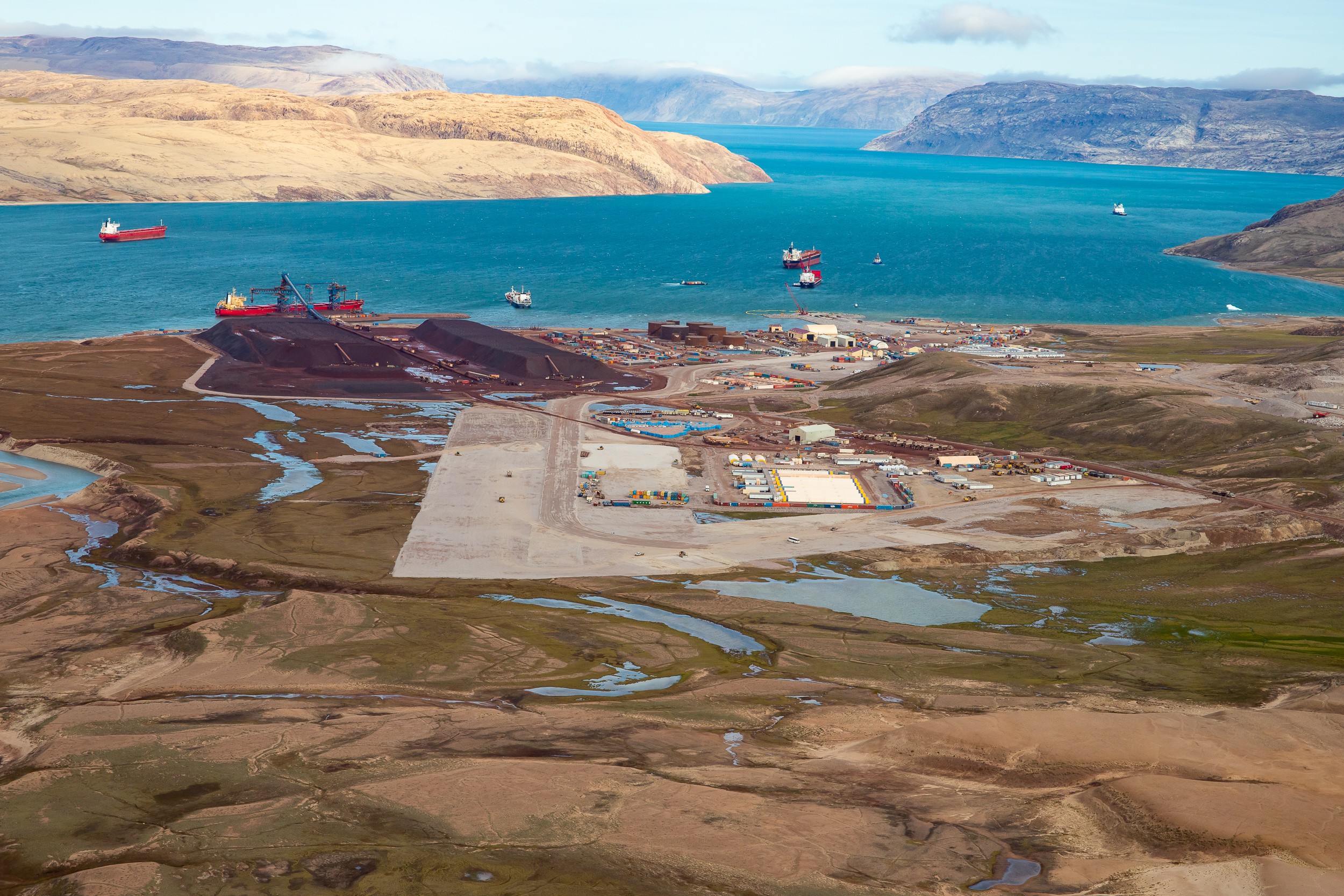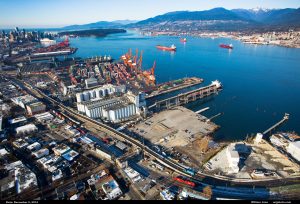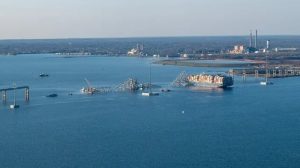The number of ships entering the Arctic Polar Code area from 2013 to 2023 increased by 37%, or around 500 ships, according to the latest report of the Arctic Council Working Group on the Protection of the Arctic Marine Environment (PAME). The original report covered the period 2013-2019. The updated report adds data for 2020-2023.
The number of unique ships entering the Arctic Polar Code area is generally highest in the month of September, when Arctic sea ice is typically at its lowest extent. For example, in September 2023, 1122 ships entered the Polar Code area, out of the total 1782 ships that entered the entire year.
Comparing 2013 to 2023, the distance sailed by ships in the Arctic Polar Code Area increased 111%, from 6.1 million to 12.9 million nautical miles. The distance sailed represents the aggregate sailed for each ship in nautical miles.
Fishing vessels are the most common type of ship in the Arctic Polar Code Area, representing over one-third of all ships. The second most common ship type is general cargo ships. Between 2013 and 2023, there was an increase in the number of ships of each ship type in the Arctic Polar Code Area apart from oil tankers and research vessels.
Why is Arctic shipping increasing?
Changes to the marine environment, such as a decrease in the extent of sea ice and the loss of older, thick ice, has significant implications for longer navigation seasons and new access to previously difficult to reach regions of the Arctic.
Hjalti Hreinsson, Project Manager at PAME who administers the ASTD System, shares some insight into why we are seeing the trends made apparent in PAME’s Arctic Shipping Status Reports.
“Several reasons contribute to the increase in Arctic shipping,” said Hjalti Hreinsson. “One of them, and perhaps the most prominent one, is an increase in natural resource extraction. Compared to other marine areas worldwide, there aren’t that many ships in the Arctic, and new projects will strongly impact statistics.”
“For example, two large projects – the Mary River Mine in Nunavut (Canada) and the Yamal Gas project (multibillion dollar LNG project in northwest Siberia) – have led to increases in shipping in the Arctic Polar Code area. The number of bulk carriers has significantly increased as has the traffic of gas tankers, of which there were almost none in the Polar Code area prior to 2018.”
The need for more Arctic shipping data
As Arctic shipping increases, the report stresses it is critical to collect data and monitor trends. Collecting data about Arctic shipping, including the number, type, origin, destination, distances traveled, voyage time of year, and related information contribute to enabling safer shipping in the Arctic.
In response to a growing need for accurate, reliable and up-to-date information on Arctic shipping activities, PAME developed the Arctic Ship Traffic Data (ASTD) System. The ASTD System collects a wide range of historical information, including ship tracks by ship type, information on number of ships in over 60 ports/communities across the Arctic, detailed measurements on emissions by ships, shipping activity in specific areas, and fuel consumption by ships. PAME uses data from the ASTD System to conduct analyses and reports related to Arctic shipping, including this Arctic Shipping Status Report and three others.
“We are producing more reports, one on bulk carriers which is a very interesting case, as one also has to look at the size of each vessel. The bigger the vessel, the more it carries,” said Hjalti Hreinsson. “The same goes with cruise and passenger ships, their number and distance sailed has increased, but the size of the ships and their passenger capacity has also increased.”
“All of this results in more ships and more people in the high Arctic, hence the safety of the vessels and their crew and passengers are of outmost importance.”
Soon, a major update for the ASTD will include detailed statistics and information for around 500 ports in the Arctic, which will contribute to a comprehensive assessment of ship traffic in Arctic ports going forward.
The updated Arctic Shipping Status Report is available online here.

Photos: Atomflot photo of Chinese New Polar Bear containership in Russian Arctic and Baffinland Iron Mines Corporation photo of ships at Milne Inlet delivering supplies for Mary River mine)





